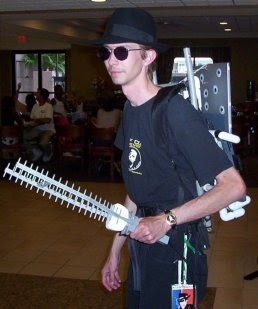On the CCNA Road
This morning I began training to test for the Cisco Certified Network Associate certification. I am in a class offered by GlobalNet Training in northern Virginia. My company ManTech agreed to pay my way, as they support sending engineers to a week's worth of training per year. My instructor is Todd Lammle , author of the recently updated CCNA: Cisco Certified Network Associate, Deluxe Edition (640-801) study guide. Two weeks ago I saw Todd was personally teaching this class, so I immediately signed up. I'm probably not the easiest student to have in a networking class. When Todd asked if HTTP uses TCP, I felt it necessary to mention Universal Plug and Play Protocol (UPNP) which runs HTTP over UDP. I also mentioned that DNS uses TCP to answer queries when the response is larger than the 512 byte limit on UDP responses. Todd's tolerating me so far, but he said I have to provide a copy of my book. :) Why am I studying for the CCNA? Once in a while I find mysel...






